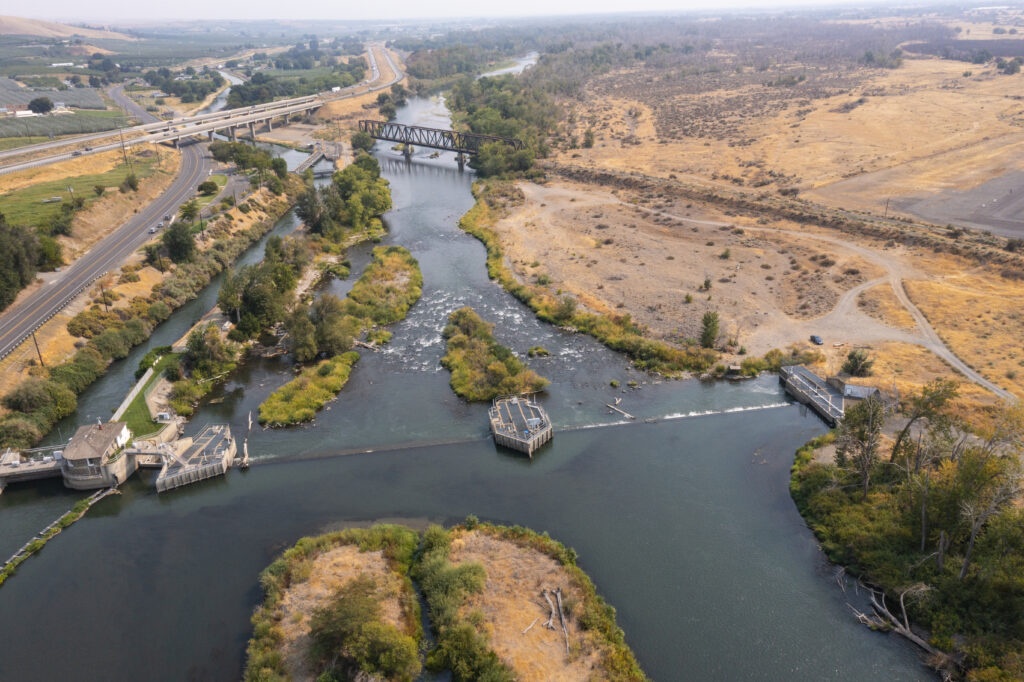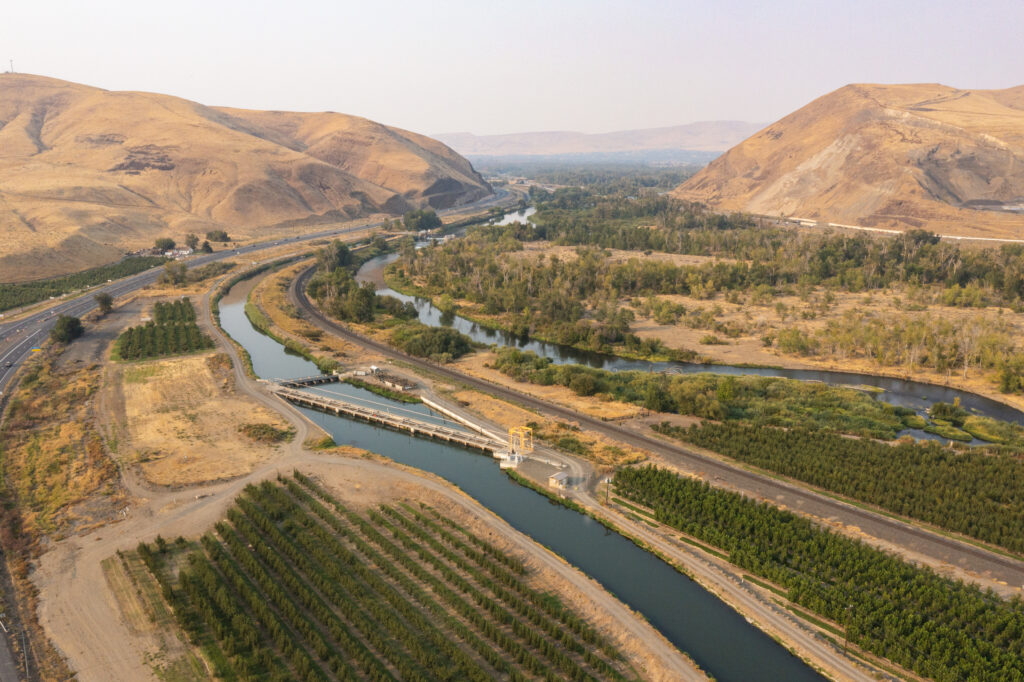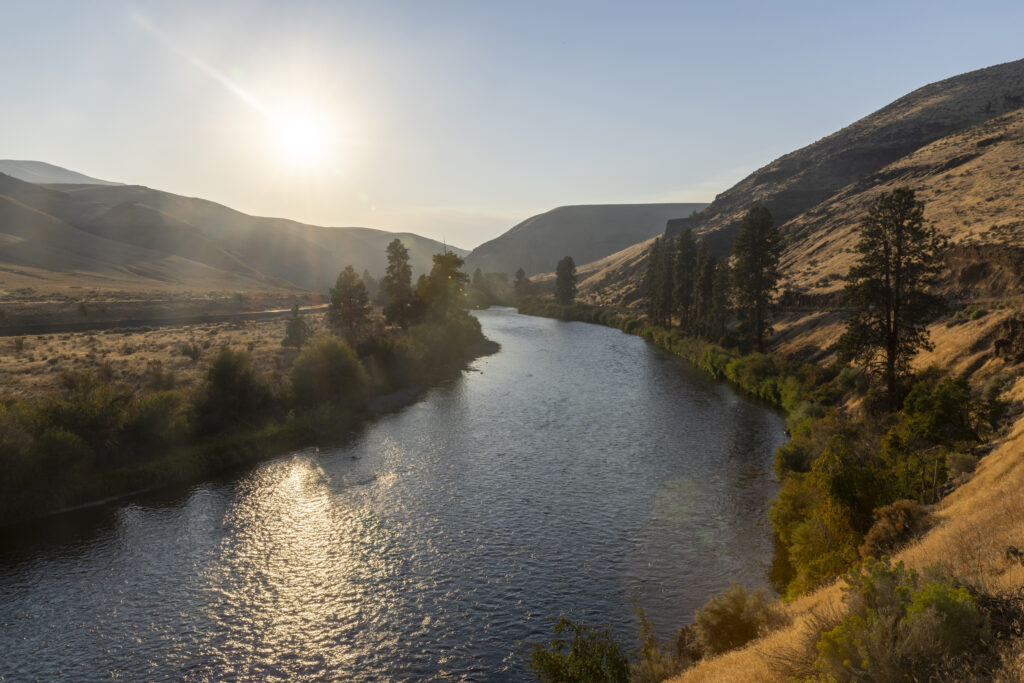The Yakima River Basin in Central Washington is experiencing one of the worst prolonged droughts in modern history. American Rivers visited our partners in the Yakima Basin Integrated Plan to witness the river and better understand the drought’s impacts on the fish, farms, and communities it supports.
Photographer David Moskowitz was able to help capture the story through the incredible images seen below.
Of all the signs that something is wrong—the curling leaves of stunted crops, the multiplying mats of river stargrass, the tense expressions of water managers—nothing tells the story of this drought like standing on the dry, hard bed of a drastically receded reservoir.
Between 1910 and 1933, the U.S. Bureau of Reclamation built five reservoirs to harness water for Washington farms and towns in the 6,000-square-mile Yakima Basin. Together, Kachess, Keechelus, Cle Elum, Bumping, and Rimrock store about one million acre-feet of water.
But not this year.
By September 2025, capacity was a mere 20%. That’s the lowest level since recordkeeping began at the reservoirs in 1971, marking a historic water shortage.
There simply wasn’t enough snowpack in the Central Cascades to fill the reservoirs in early 2025, leaving them with just 35% of the water they usually store at that time of year. Additionally, winter and spring rainfall was well below normal in the mountainous catchment in western Yakima County.
On April 8, this reality led the Washington Department of Ecology to declare that the upper Yakima, lower Yakima, and Naches watersheds had officially crossed into their third consecutive year of a severe drought.
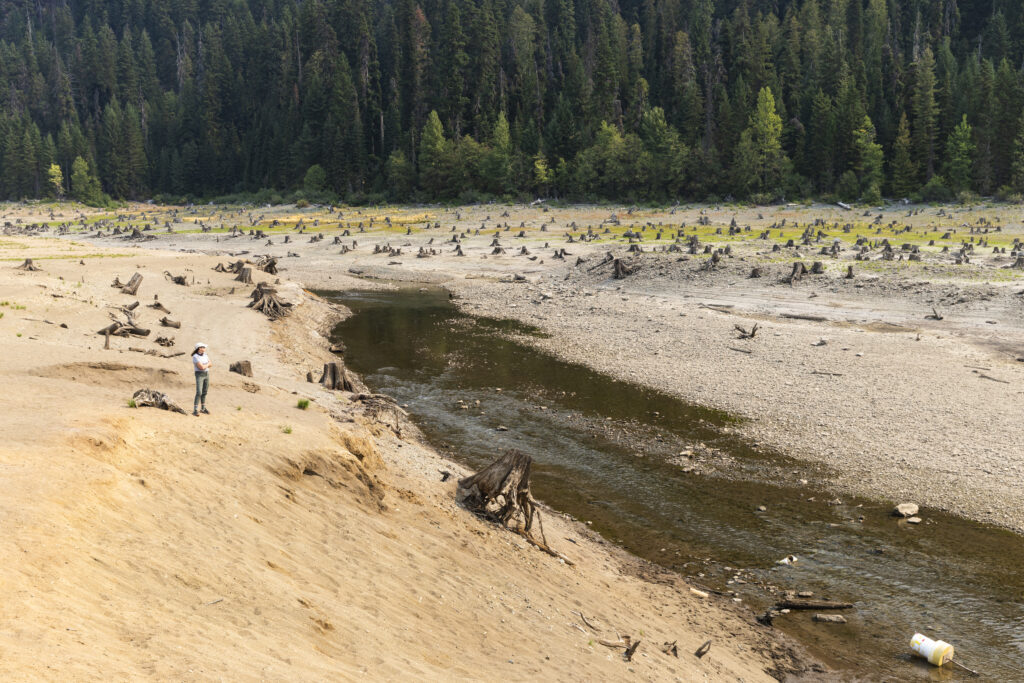
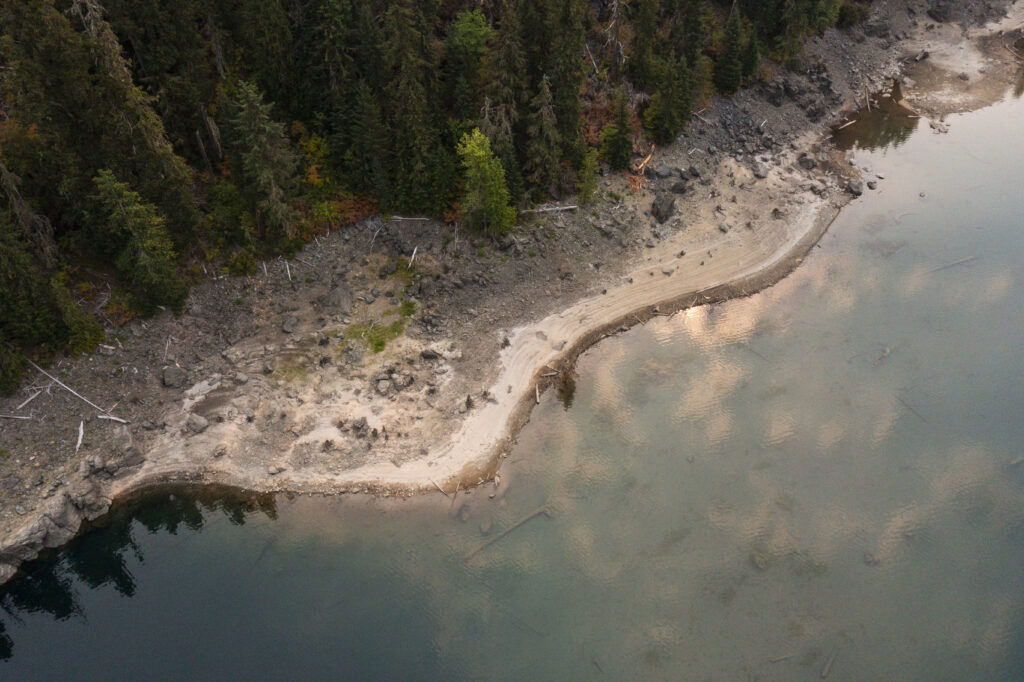
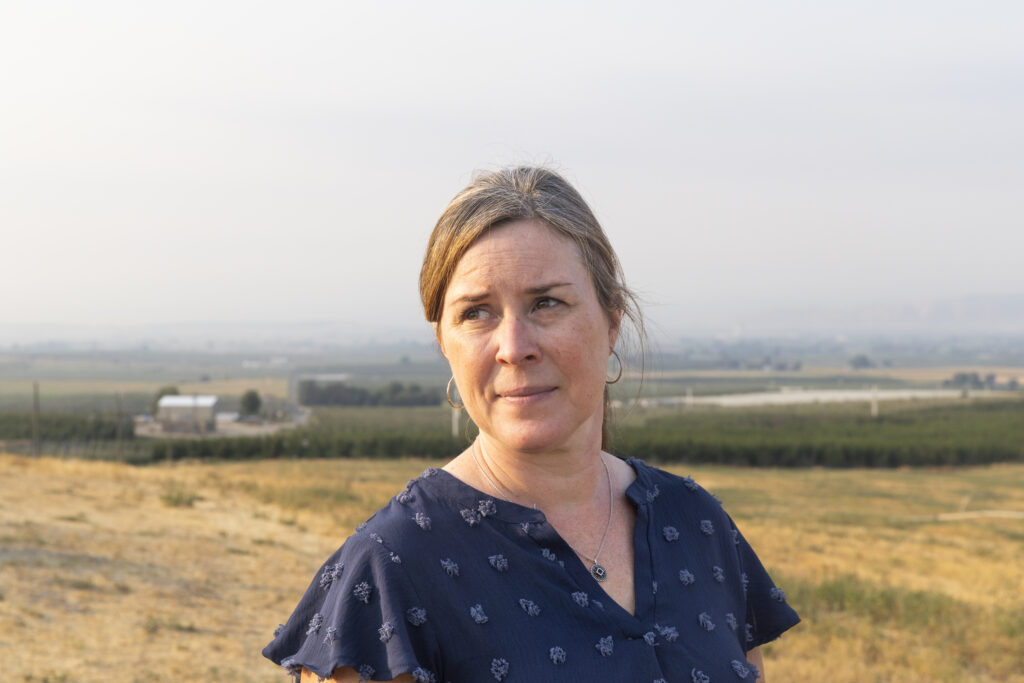
What happens—or doesn’t happen—with stored water in the upper basin sends huge ripples downstream to the Yakima River and its tributaries.
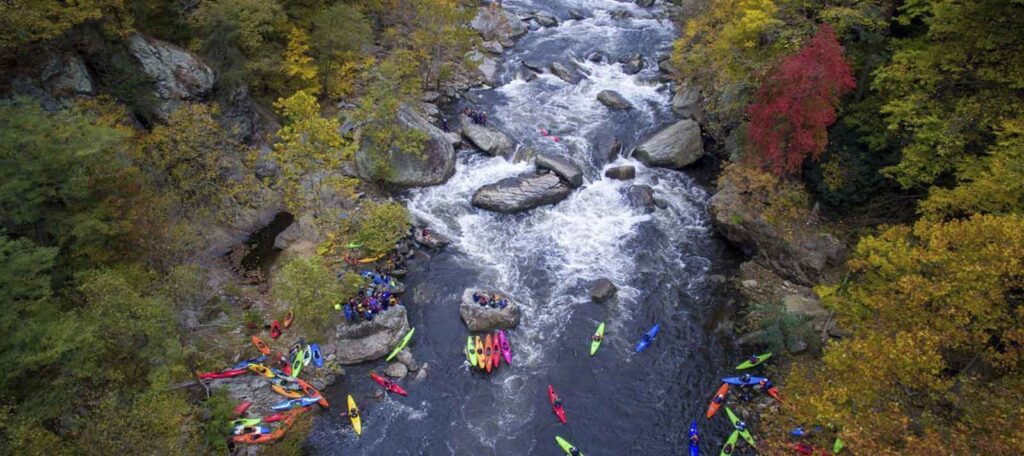
Let’s Stay In Touch!
We’re hard at work for rivers and clean water. Sign up to get the most important news affecting your water and rivers delivered right to your inbox.
Irrigation districts that rely on human-made diversions in the river have been struggling to supply enough water to a $4.5-billion agricultural industry. Junior water rights holders, such as Roza Irrigation District and Kittitas Reclamation District, have strategized on the best ways to ration their reduced allotments—just 40% of the full amount they are generally entitled to—throughout the hot summer months of 2025.
“We’re running the canals the lowest we ever have,” says Sage Park, policy manager for Roza. “Our growers are facing a very hard time, with bad water supplies on top of bad markets.”
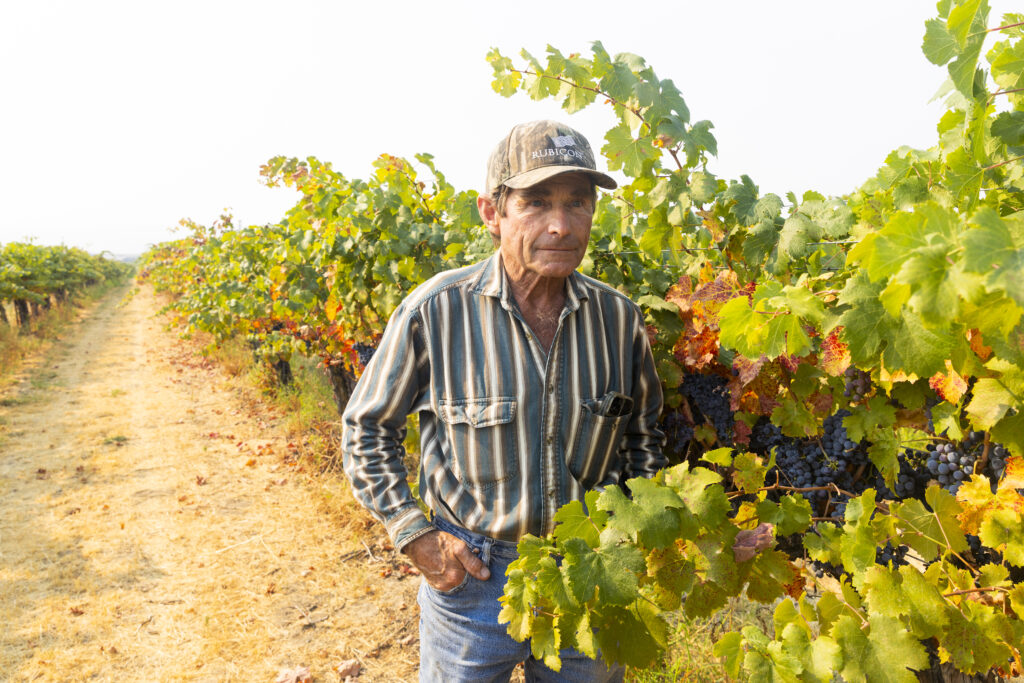
Some farms have gone out of business, confirms Jim Willard, owner of Willard Farms and Solstice Vineyards near Prosser, when we stop by. But he is hanging on. Willard established his farm in 1952, which means he has weathered the drought years of at least 1977, 1993, 1994, 2001, 2005, and 2015.
How does the current year compare?
“It’s another lousy drought,” Willard shrugs. “You know what you’ve got to do, the decisions you’ve got to make to keep the farm viable into the future.”
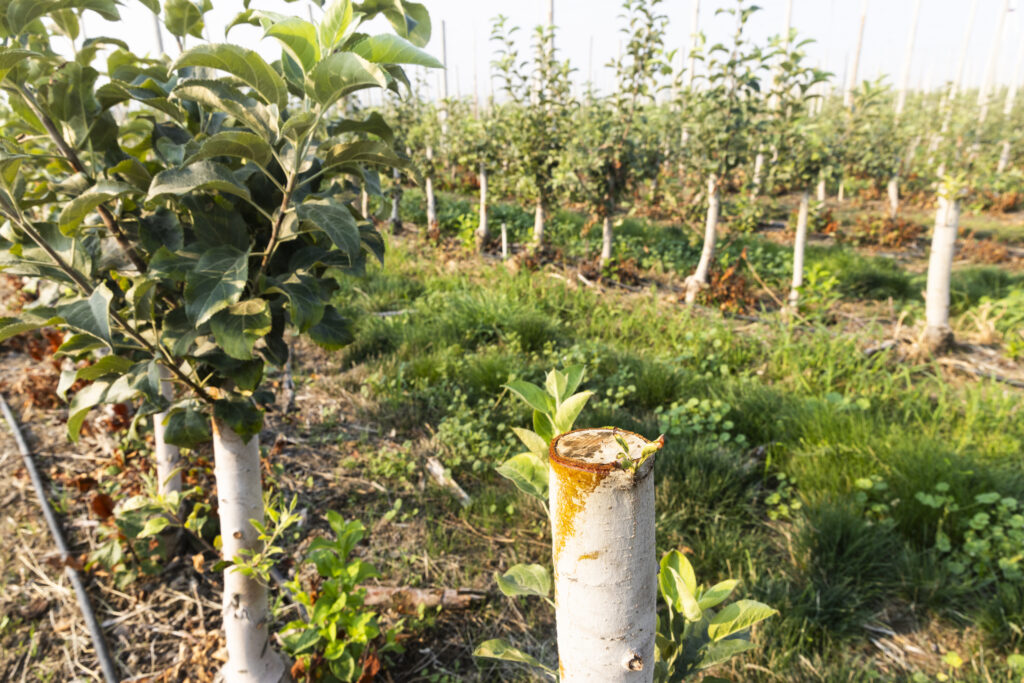
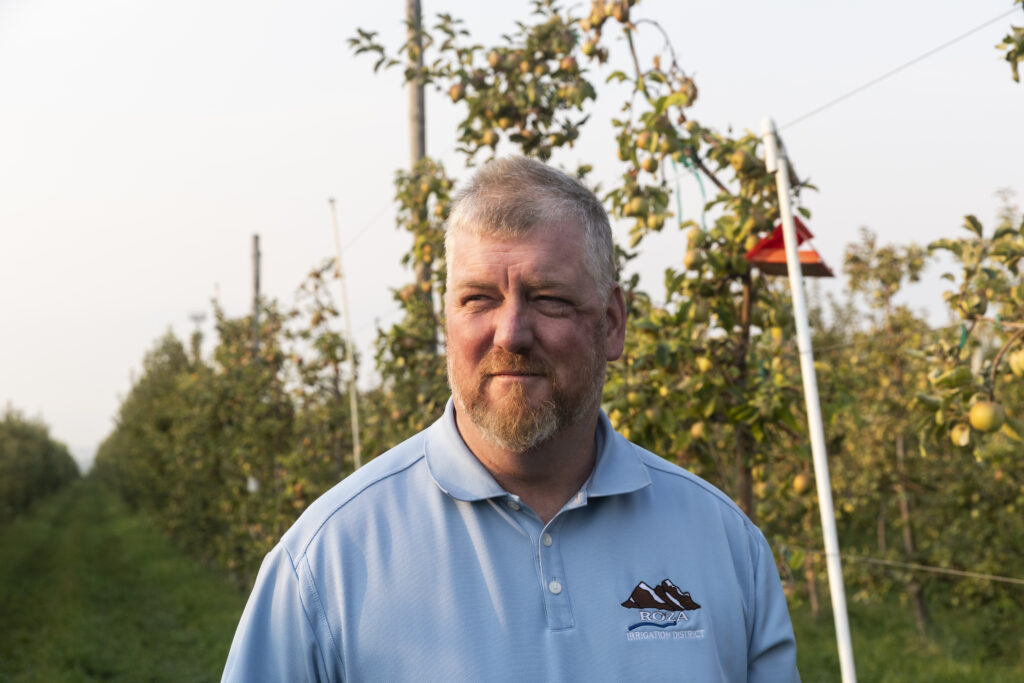
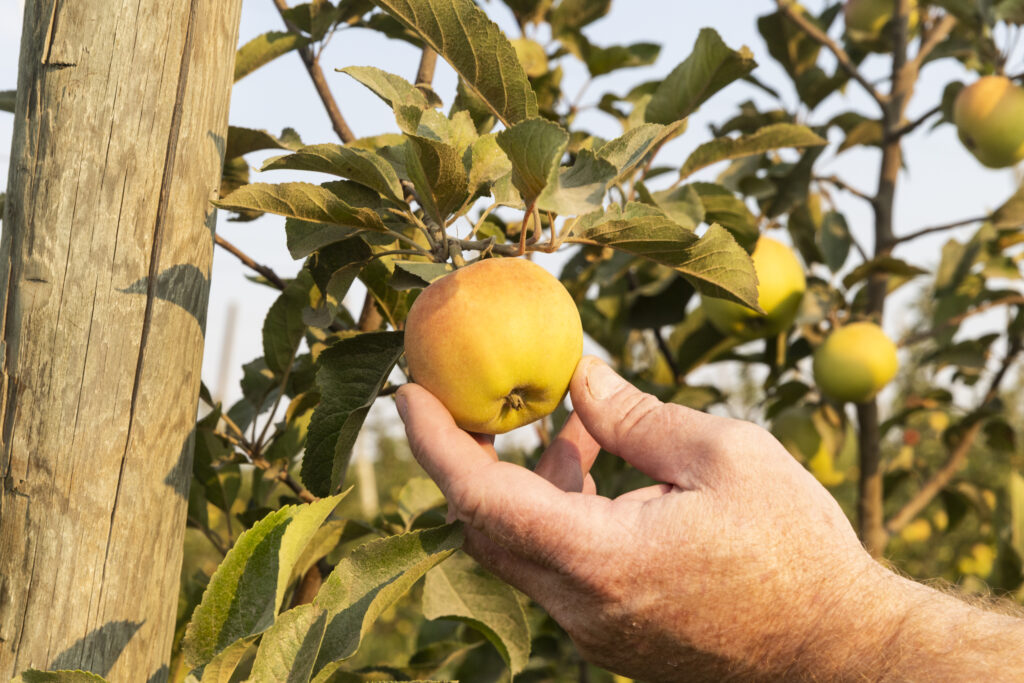
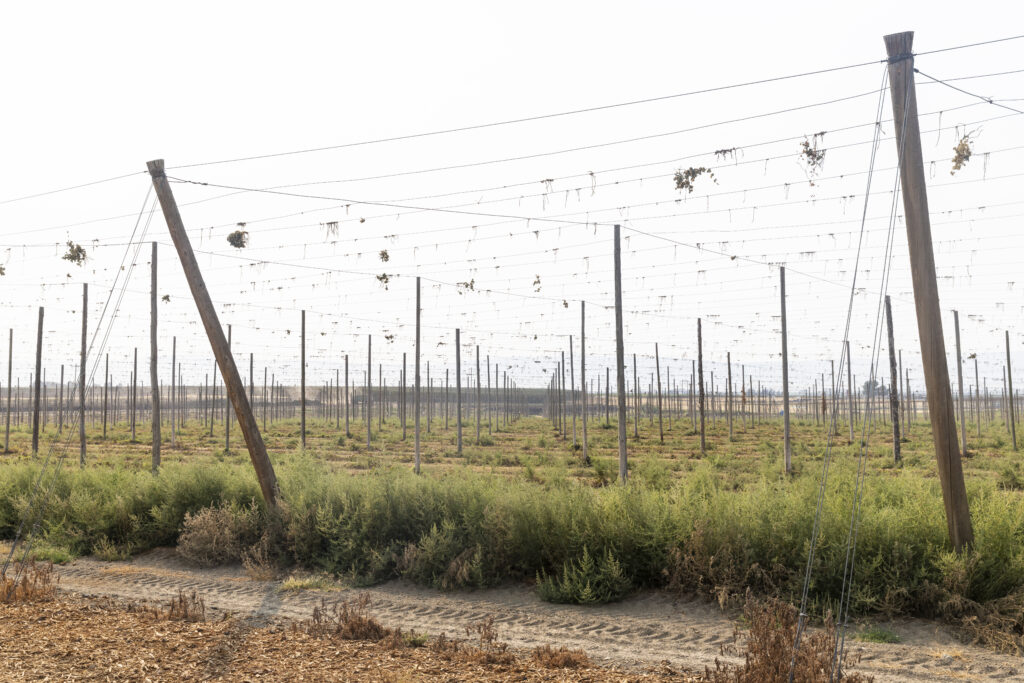
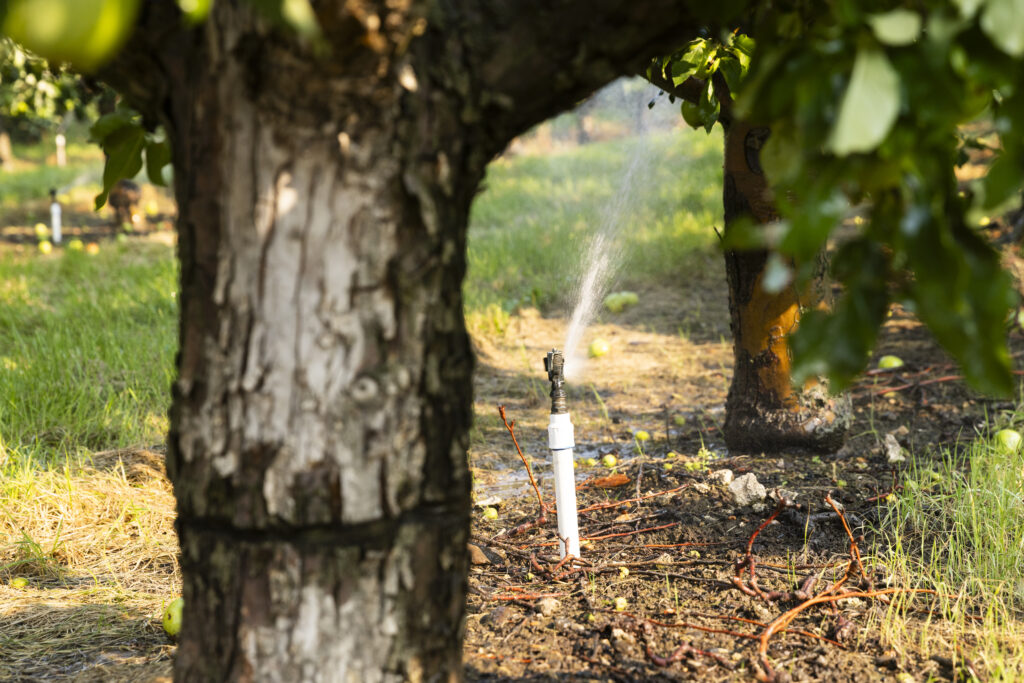
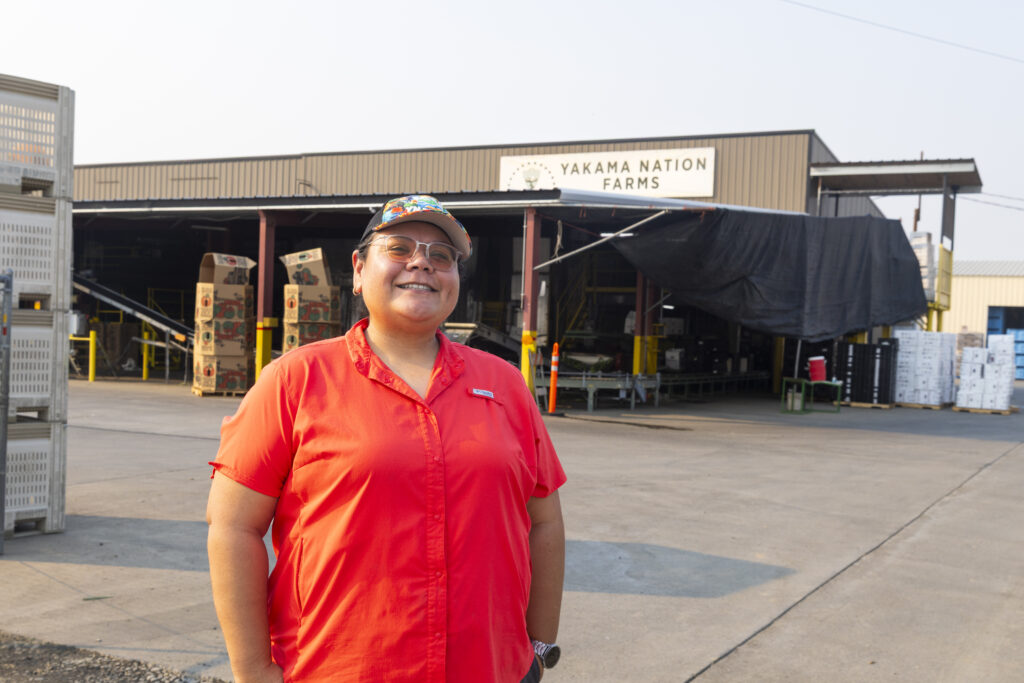
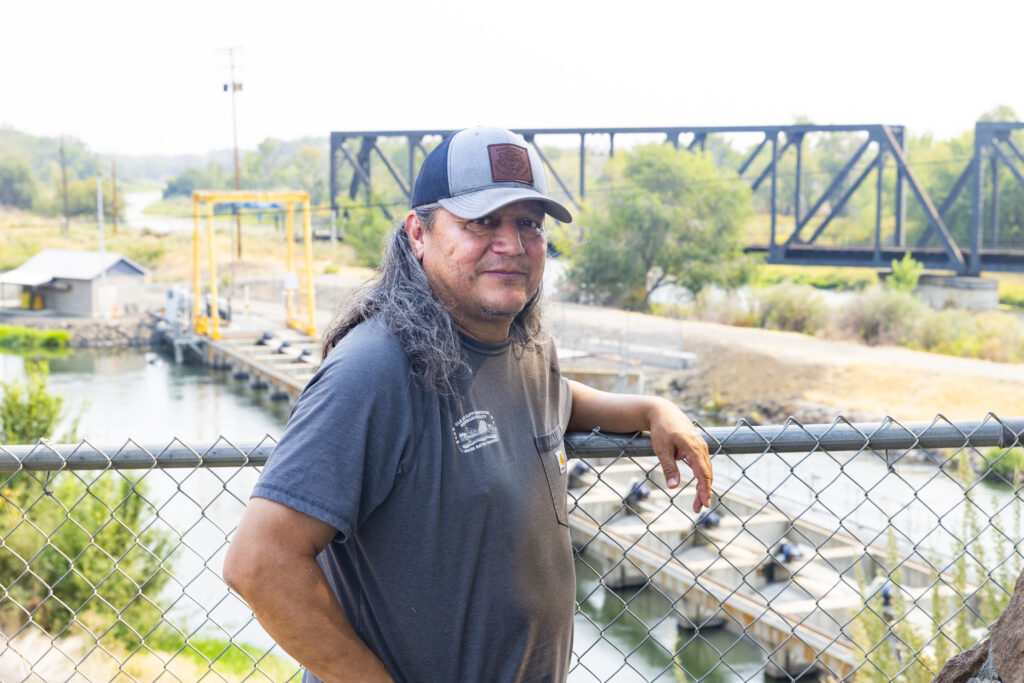
“The fish are always in drought,” Joe Blodgett, manager of Yakama Nation Fisheries, says matter-of-factly as soon as we meet at the Wapato Dam on the lower Yakima River.
The last significant drought in 2015 hit out-migrating juvenile salmon hard. Warm, shallow river water reduced their numbers from 1 million to 200,000. The fishery is still recovering—and now, another major drought.
Joining Blodgett is his team of engineers and scientists, who are dedicated to restoring habitat, improving fish passage, and growing and releasing hatchery salmon, bull trout, and lamprey to bolster drastically declining numbers.
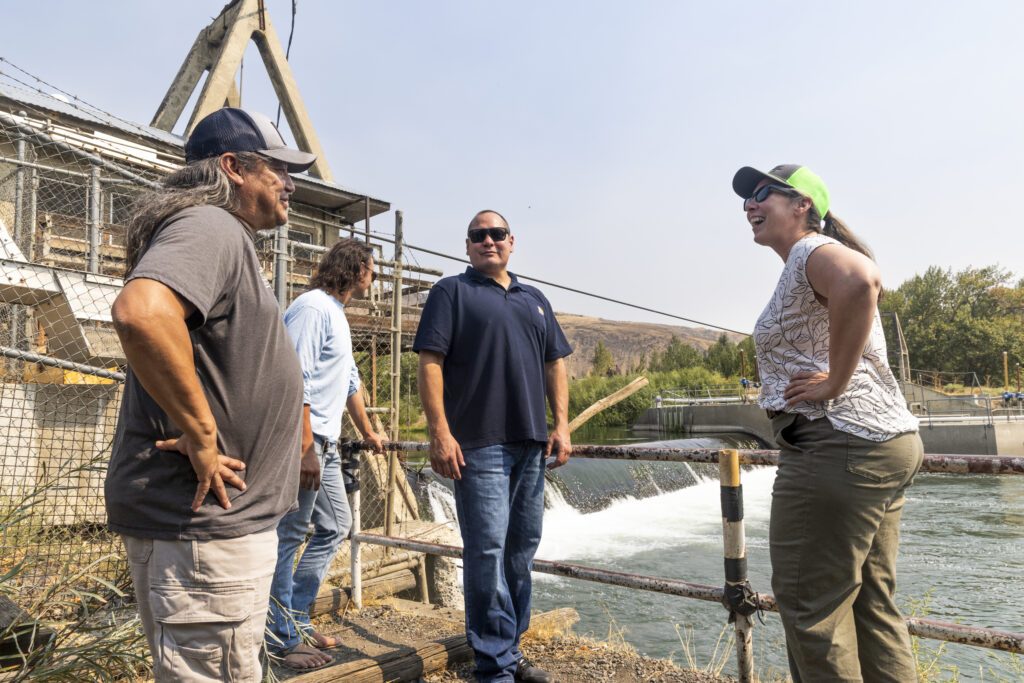
The Yakama Nation’s connection to native fish species in the basin traces back thousands of years. The salmon trade was the first economy of the basin, and that link remains critical to the tribe’s identity and cultural and economic survival today.
A little downstream, a small fishing scaffold protrudes into the river—a reminder of a bygone era long before the dam, and a symbol of the harvestable and sustainable future the Yakama Nation’s 10,000 members envision returning to.
One day. After the drought breaks.
Until then, the fisheries team is preparing with an ambitious plan to update the ailing Wapato Dam, built in 1917, and construct modern fish passage to improve survival rates.
“Each species has a story to tell,” Blodgett says, smiling, as we part ways for today.
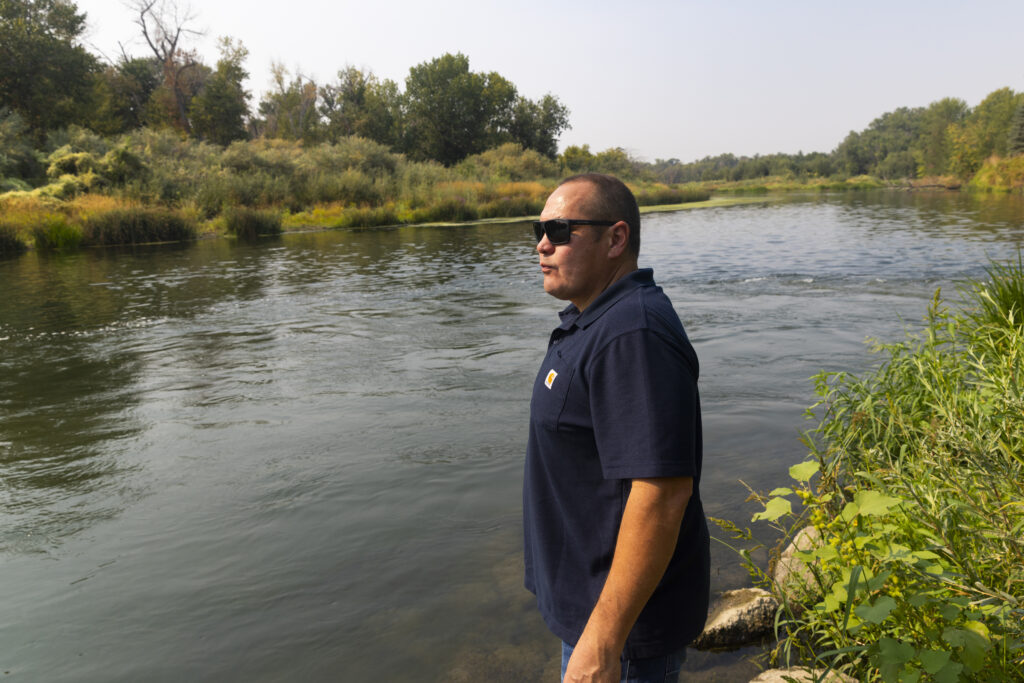
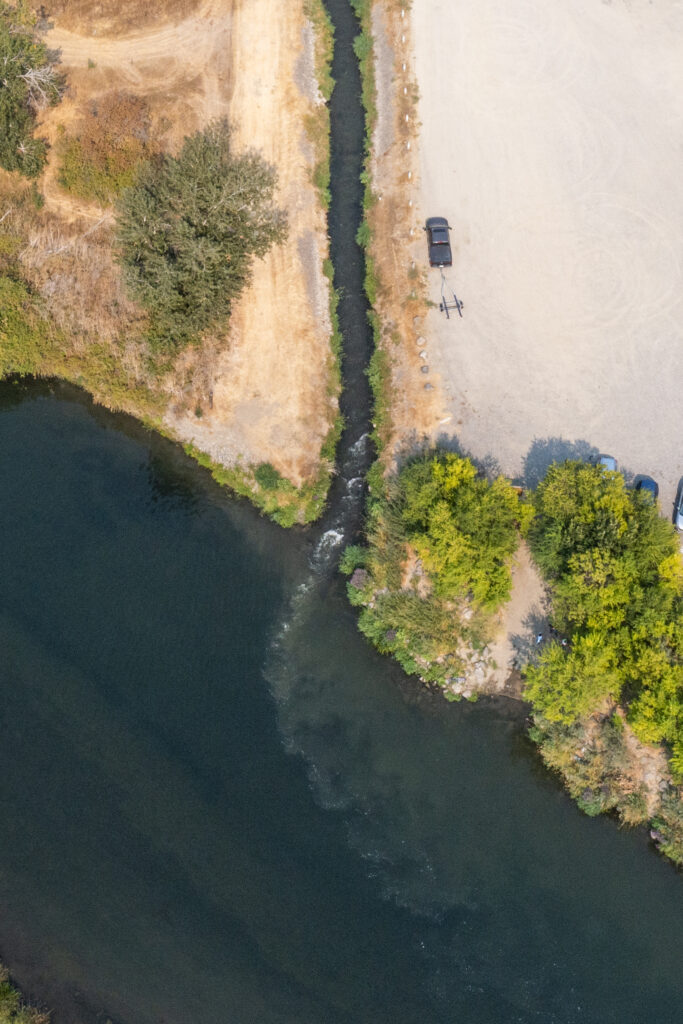
Even in drought, the Yakama Nation and the irrigation districts, conservation organizations, and government agencies that make up the Yakima Basin Integrated Plan collaborate to increase flows of cool river water that fish need to survive.
Maybe it’s truer to say especially in drought.
That collaboration is unique in the West. It extends to a multitude of projects, many costing tens of millions of dollars, to modernize aging infrastructure, protect and restore fisheries and river habitat, improve water supply reliability, and store more ground and surface water.
“This is a terrible drought,” says Brandon Parsons, American Rivers director of river restoration. “But we’d be in a lot worse shape if we hadn’t made years of prior investments in the river. We have to continue to work together and implement projects if we’re going to lessen the impacts of more droughts like this.”
People in the basin know more frequent and severe droughts are on the horizon. They’re racing to ready the region and keep it habitable in a rapidly changing world. Families, fish and wildlife, business and agriculture—all life depends on the Yakima River’s ability to provide clean, cool, reliable water into the future.
